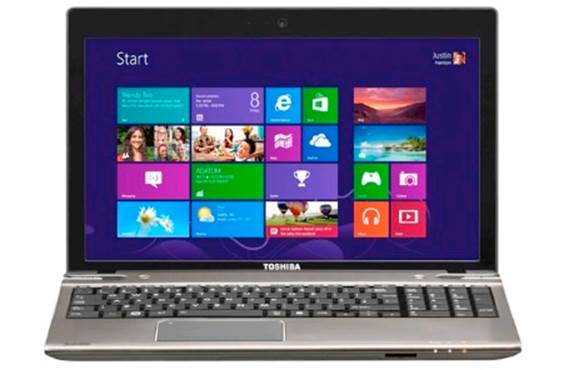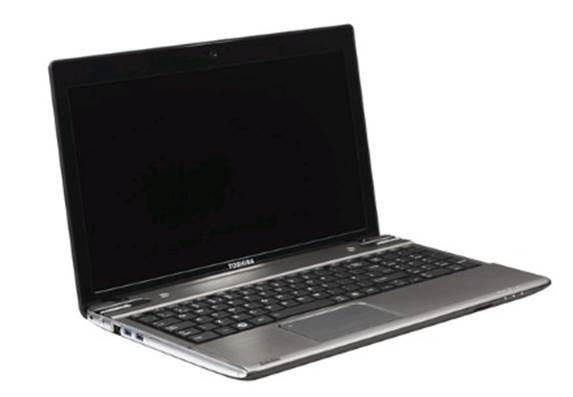In a brave move, P855-32J offers 3D without
glasses. It uses the built-in webcam to track your head position, and then
provide relevant images for each eye. The effect works quite well when you sit directly
in front of it, but just a little bit stirred and the 3D will be broken.
In a brave move, P855-32J offers 3D without
glasses. It uses the built-in webcam to track your head position, and then
provide relevant images for each eye. The effect works quite well when you sit
directly in front of it, but just a little bit stirred and the 3D will be
broken.

In
a brave move, P855-32J offers 3D without glasses
The P855-32J weighs about 2.94kg, but it's
pretty good, based on its large weight and bulky. The edges are beautifully
rounded and its aluminum looks stylish but discreet.

The
P855-32J weighs about 2.94kg, but it's pretty good, based on its large weight
and bulky.
For storage you get a 750GB hard drive,
5400 rpm and 6-speed Blu-ray drive.
15.6 inch Full-HD screen is bright and
colorful, but it uses twisted nematic panel. Toshiba's TruBrite technology
reduces glare, and offers better viewing angle.
The keyboard is quite shallow, although we
can type accurately. Synaptics Trackpad seems a bit slow.

The
keyboard is quite shallow, although we can type accurately.
The midrange dual-core Intel Core i5-3210M
2.5GHz chipset is good, but it does not provide the horsepower of the current
quad-core chips from Intel. In Geekbench, P855 got an average of 8,744 points,
for comparison, a mobile quad-core Core i7 2.3GHz will reach about 12,000
points. 8GB of Memory is good enough, but PCMark 7 score of 2716 is no longer
adequate.
Pretty good gaming performance is provided
by nVidia GeForce GT 640M. In Alien vs. Predator, we found an average rate of
26fps in full-HD resolution and Medium detail, dropped to 16fps when using
Ultra settings of the game. 59fps rate in Stalker proved that better
performance of the laptop relies on integrated graphics.
Its connectors are standard types: single
band 802.11b/g/n WiFi, Bluetooth 4.0 and Gigabit Ethernet. 4 USB 3.0 ports are
also included, two ports on each side, along with HDMI and VGA outputs,
headphone and mic jacks. A built-in SD card slot is already there.
Harman Kardon Speakers are comfortable to
listen to, but lacks of bass.
Battery life is disappointing, with 48Wh
battery giving over 3 hours in our tests.
Verdict
How would you rate this laptop will depend
on how much you appreciate the 3D. You will get more than a few hundred pounds
to pay for that privilege, so you will need to really want it. Skip the 3D,
the rest is just average. Performance is quite good.

How
would you rate this laptop will depend on how much you appreciate the 3D.
·
Design: 4/5
·
Feature: 4/5
·
Performance: 3/5
·
Value for money: 3.5/5
·
Overall: 3.5/5
|
Specifications
·
Product name: Toshiba P885-32J
·
Price: $999 including VAT
·
Intel Core i5-3210M 2.5GHz
·
Windows 8
·
8GB DDR3 RAM
·
750GB hard drive
·
15.6-inch TN screen (1920x1080)
·
NVIDIA GeForce GT 640M, 2GB VRAM
·
802.11b/g/n, Gigabit Ethernet, Bluetooth 4.0,
4 USB 3.0, HDMI, VGA
·
6x BD-ROM/DVD drive, SD slot
·
SRS Premium Sound 3D, 3D Harman Kardon
speakers
·
HD webcam
·
48Wh lithium-ion battery
·
385x253x33mm, 2.94kg.
|